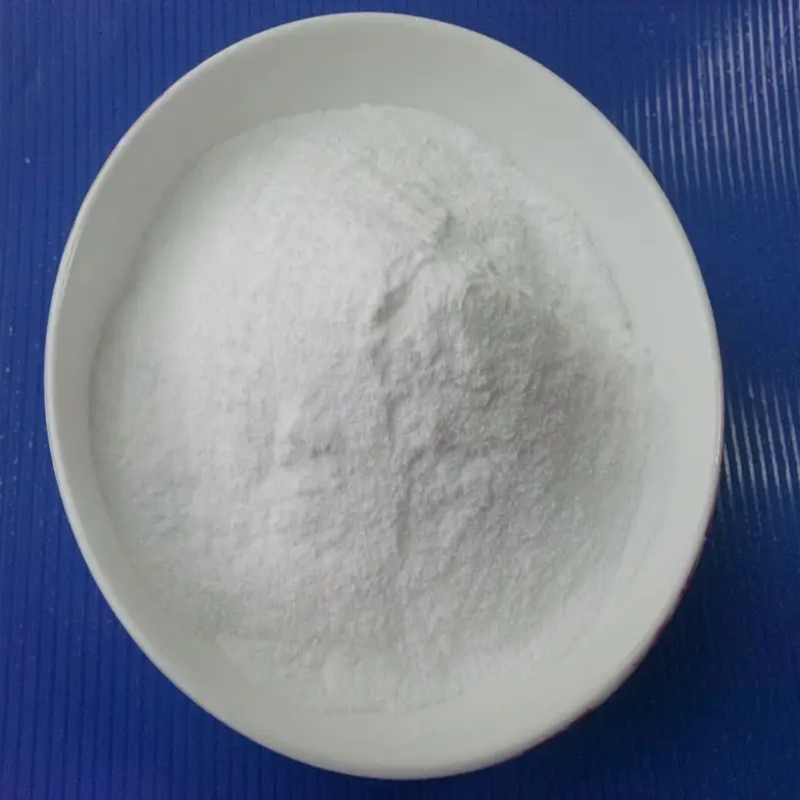PD-1 New Use: The Team found that PD-1 regulates morphine analgesia.
-
Last Update: 2020-07-22
-
Source: Internet
-
Author: User
Search more information of high quality chemicals, good prices and reliable suppliers, visit
www.echemi.com
In the immune system, immune checkpoint composed of programmed cell death protein-1 (PD-1) and its ligand plays an important role in cancer or infection.immunotherapy with PD-1 monoclonal antibody (such as nivolumab) has achieved great success in the treatment of cancer.although PD-1 has been widely studied in the immune system, its role in neurons is still unknown.in 2017, Ji rurong team of Duke University reported in nature neuroscience that PD-1 is widely expressed in the nervous system, such as dorsal root ganglion (DRG) neurons; and in pain model mice, PD-1 ligand PD-L1 has the effect of inhibiting pain.the analgesic effect of PD-L1 is mainly through the activation of PD-1 which is expressed on DRG neurons, and then the downstream signal pshp-1 causes the Na + channel function to be inhibited and the potassium + channel function to be enhanced, so as to reduce the excitability of DRG neurons and finally achieve the analgesic effect.at present, opioid drugs (such as morphine) are still one of the main treatment methods for acute and chronic pain, and its analgesic effect is mainly realized by mu opioid receptor (MOR).recently, Science Translational Medicine published the latest research results of Ji rurong's team (Wang Zilong and Jiang Changyu as the co first author): Anti – pd-1treatment impacts opioid anticonception in rodents and nonhuman primates.they found that PD-1 contributed positively to morphine induced analgesia and mor function, while PD-1 knockout or nivolumab inhibited morphine mediated analgesia and exacerbated morphine induced adverse reactions.the researchers of Ji rurong's team first found that the analgesic effect of morphine was decreased in PD-1 knockout mice.the team also found that the analgesic effect of morphine was reduced by blocking the effect of PD-1 by injecting nivolumab.in the subsequent study of related mechanisms, the research group successively found that: (1) PD-1 and mor receptor co expressed in DRG neurons; (2) when PD-1 was knocked out, the inhibitory effect of morphine on calcium channel was also weakened; (3) in the posterior horn of the spinal cord, the decrease of presynaptic excitatory neurotransmitter release and the phenomenon of hyperglycation of postsynaptic membrane induced by morphine were weakened due to the loss of PD-1 function 。in addition, through electrophysiological and behavioral experiments, the research group also found that PD-L1 could enhance the inhibitory effect of morphine on excitatory synaptic conduction and the analgesic effect induced by morphine.on the other hand, our team found that when PD-1 is knocked out, it will enhance the opioid induced hyperalgesia and tolerance, as well as the activation of small glial cells in the spinal cord.finally, in collaboration with Mei Chuan Ko of Wake Forest School of medicine, we found that intrathecal injection of nivolumab in non-human primates can cause hyperalgesia and inhibit the analgesic effect of morphine.the team's findings in recent years show that PD-1 has the function of regulating multiple neuronal signals.the research team also proposed the scientific hypothesis that PD-1 acts as a nerve checkpoint in neurons, similar to PD-1 in the immune system.figure: left: co expression of mu opioid receptor (MOR) and PD-1 in DRG neurons; right: anti PD-1 immunotherapy can reduce the analgesic effect of opioids, while PD-L1 can enhance the analgesic effect of opioids. < br / < br / < br / < br / < br / < br / < br / < br / < br / < br / < br / < br / < br / < br / < br / < br / < br / < br / < br / < br / < br / < br / < br / < br / < br / < br / < br / < br / < br / < br / < br / < br / < br / < br / < br / < br / < br / < br / < br / < br / < br / < br / < br / < br / < br / < br / < br / / < br / < br / < br / / / < br / < br / < br / < br / < br / / / / / / / / / / / / / / / / / / / / / / / / / / / / / / (1)
This article is an English version of an article which is originally in the Chinese language on echemi.com and is provided for information purposes only.
This website makes no representation or warranty of any kind, either expressed or implied, as to the accuracy, completeness ownership or reliability of
the article or any translations thereof. If you have any concerns or complaints relating to the article, please send an email, providing a detailed
description of the concern or complaint, to
service@echemi.com. A staff member will contact you within 5 working days. Once verified, infringing content
will be removed immediately.







